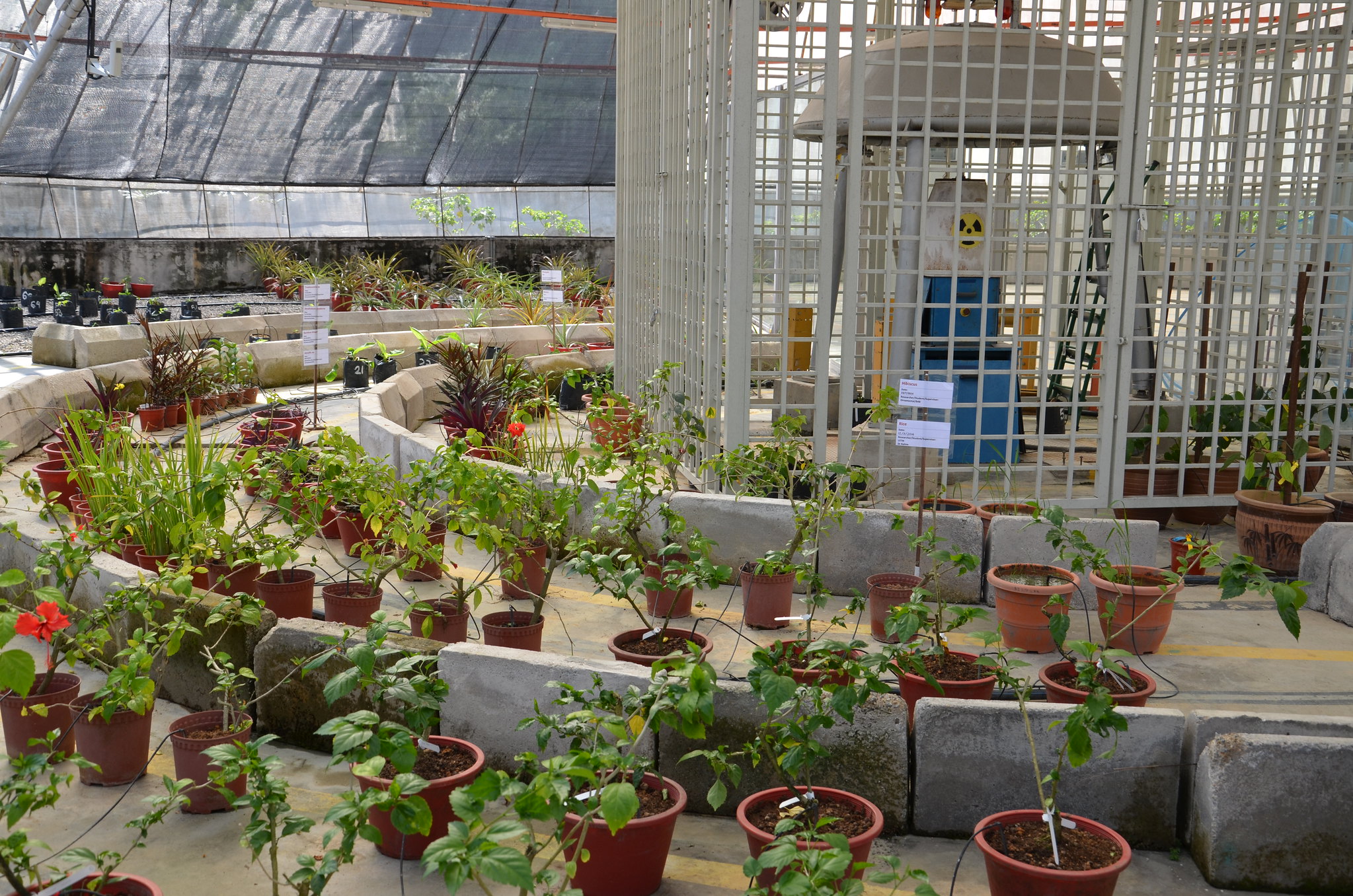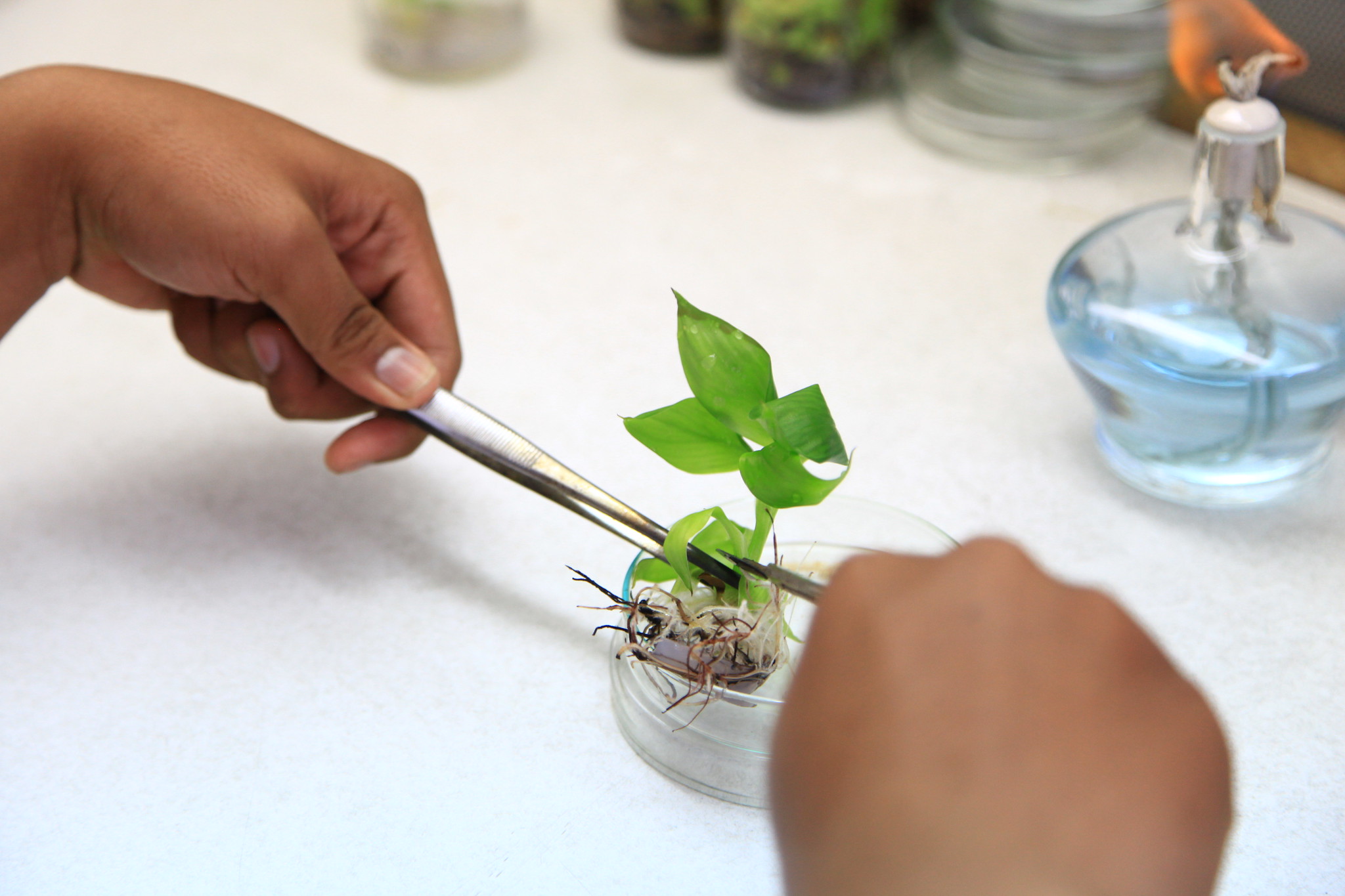Plant mutation breeding, also called variation breeding, is a method that uses physical radiation or chemical means to induce spontaneous genetic variation in plants to develop new crop varieties. “Mutation” is the source of most genetic variation and the motor of evolution. It is a natural process, which occurs spontaneously and slowly — over generations — in people, plants, animals and all living beings. It involves alteration of their DNA, leading to the development of changes within the organism. Mutation may be sped up by chemical or physical methods, such as the use of radiation (or “irradiation”), to achieve characteristics that are useful in, for example, agriculture.
Irradiation can be used for producing plant varieties with improved qualities, such as higher yields, shorter cultivation times, resistance to diseases, pests and the effects of climate change, such as extreme weather events. Cultivation and popularisation of those plant varieties helps to make global food production more stable and addresses the needs of farmers, particularly in developing countries and regions most vulnerable to the impacts of climate change.
Plant varieties bred using radiation are equally safe as the varieties developed through conventional or marker assisted breeding, since radiation does not pass on to further generations of the bred variety. Thus, plants can be bred for many generations to achieve the best result without suffering damage or becoming radioactive. Many crop varieties developed though mutation breeding have been grown all over the world in the last 100 years. Check out a few examples from Bulgaria, China, Cuba, Uganda and other countries.



